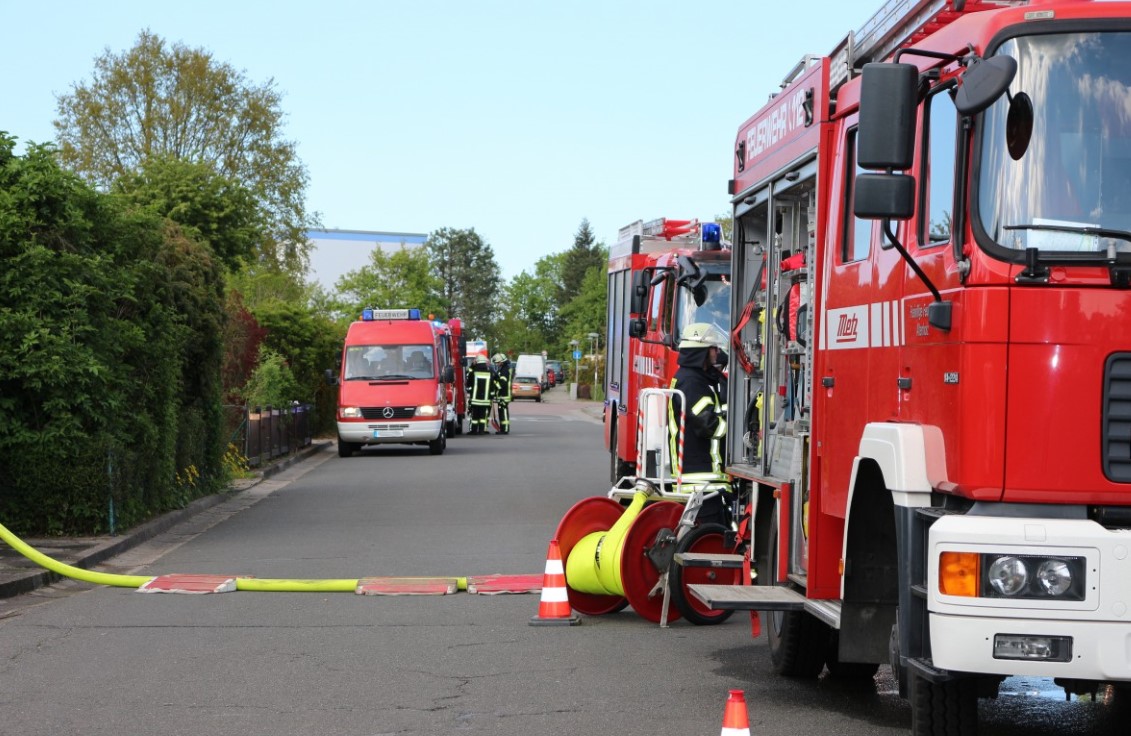The Maui Fire Department (MFD) has introduced a groundbreaking fire-sensing technology known as the N5 Shield. This innovative system aims to provide early detection and warning of fires, significantly enhancing the county’s fire response capabilities. Developed in collaboration with the U.S. Department of Homeland Security’s Science and Technology Directorate and the U.S. Fire Administration, the N5 Shield utilizes advanced sensors, artificial intelligence, and satellite imagery to detect fires at their inception and issue timely alerts.
Advanced Fire Detection Capabilities
The N5 Shield system is equipped with state-of-the-art sensors that sample the air for anomalies indicative of fire. These sensors, strategically placed along designated corridors in West and South Maui, are designed to detect the earliest signs of ignition. Additionally, four mobile sensors can be deployed to monitor existing fire conditions at critical locations. This technology leverages a combination of thermal imaging, gas detection, and AI to provide real-time data to key fire department personnel, ensuring a swift and effective response.

The integration of satellite imagery further enhances the system’s accuracy, allowing for comprehensive monitoring of large areas. By combining ground-based sensors with satellite data, the N5 Shield can identify potential fire hazards before they escalate. This proactive approach is expected to significantly reduce the risk of widespread fire damage, safeguarding both property and lives.
MFD Chief Brad Ventura emphasized the importance of this technology, stating that it represents a significant advancement in fire detection and control. The N5 Shield, along with the AlertWest fire detection camera system, provides Maui with cutting-edge tools to combat wildfires more effectively.
Collaboration and Innovation
The development of the N5 Shield is a testament to the power of collaboration and innovation. The project was made possible through the joint efforts of the U.S. Department of Homeland Security’s Science and Technology Directorate, the U.S. Fire Administration, and Hawaiian Electric Co. This partnership has resulted in a robust fire-sensing system that combines multiple technologies to deliver unparalleled accuracy and reliability.
The sensors, about the size of a loaf of bread, are capable of detecting even the smallest traces of fire-related anomalies. This high level of sensitivity is crucial for early detection, allowing fire crews to respond before a fire can spread. The use of AI and machine learning ensures that the system continuously improves its detection capabilities, minimizing false alarms and enhancing overall efficiency.
Chief Ventura highlighted the potential of the N5 Shield to revolutionize fire management in Maui. By integrating this technology with existing systems, the county can achieve a new level of preparedness and resilience against wildfires. The ongoing collaboration between various agencies and organizations underscores the commitment to protecting the community from fire-related threats.
Future Prospects and Enhancements
As the N5 Shield system continues to evolve, there are plans to expand its capabilities and coverage. The initial deployment of sensors in West and South Maui is just the beginning. Future phases of the project will see the installation of additional sensors in other high-risk areas, further strengthening the county’s fire detection network.
The integration of the N5 Shield with other emergency response systems is also on the horizon. By creating a seamless network of fire detection and response tools, Maui can ensure a coordinated and efficient approach to fire management. This holistic strategy will enable the county to stay ahead of potential fire threats and respond with greater agility.
Chief Ventura expressed optimism about the future of the N5 Shield program, noting that its success will depend on continuous innovation and adaptation. As new technologies emerge, the system will be updated to incorporate the latest advancements, ensuring that Maui remains at the forefront of fire detection and prevention.
































